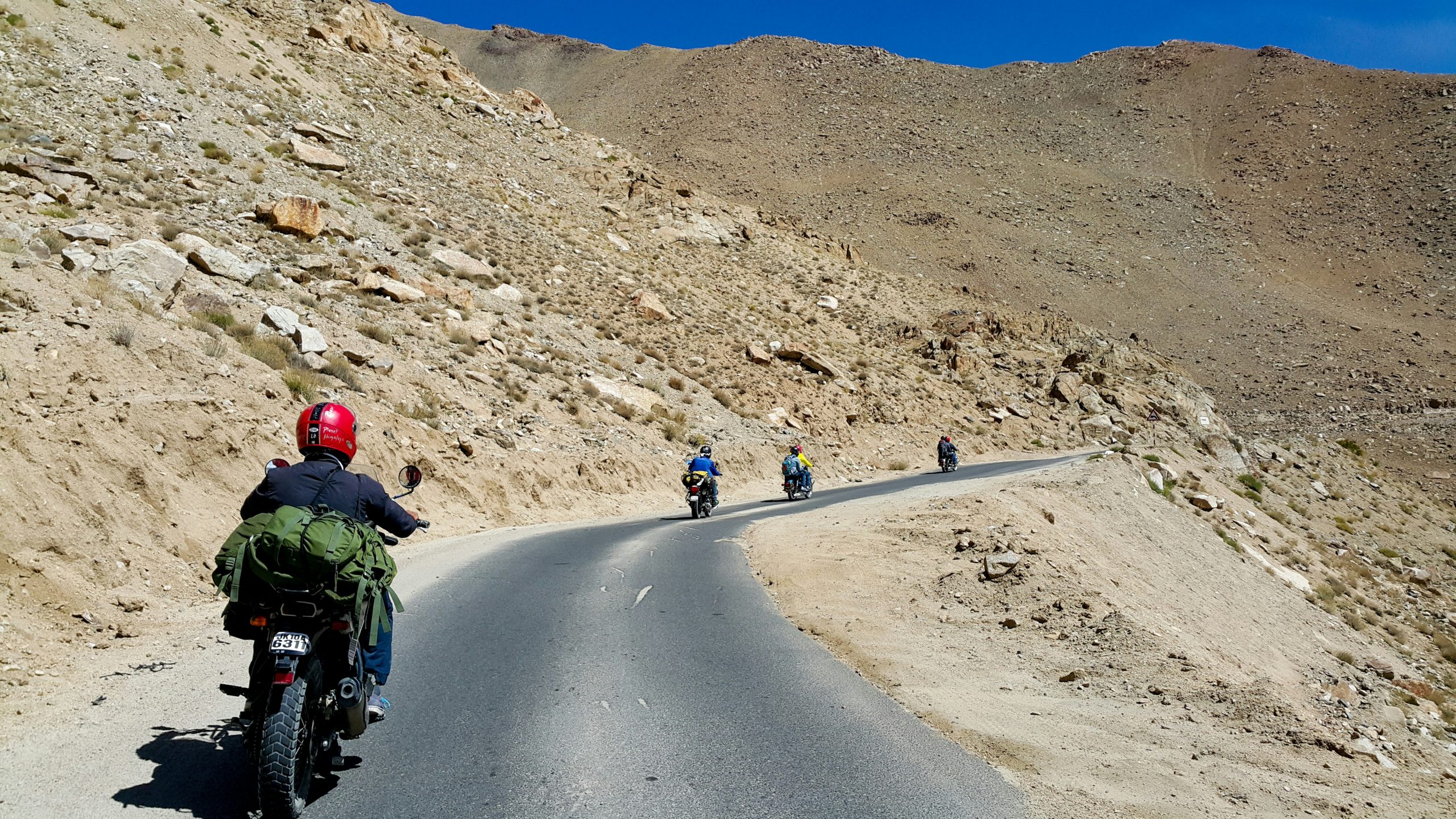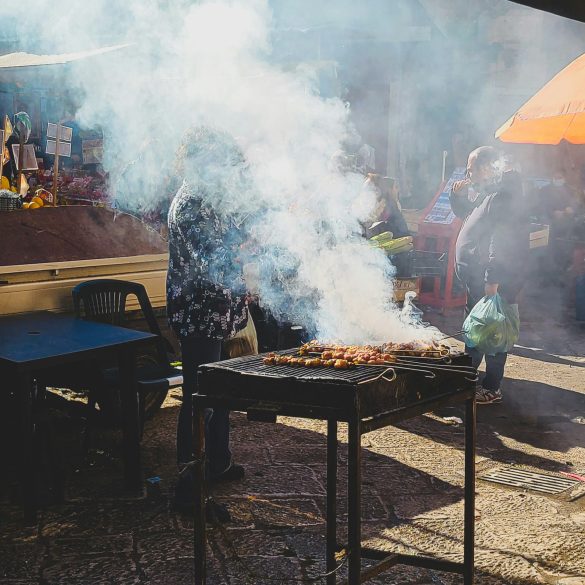Bolivia’s Death Road: Is It Worth the Ride?
Let me be completely honest with you—when I first heard about Bolivia’s infamous “Death Road,” my immediate reaction was equal parts fascination and terror. Here’s this 40-mile stretch of mountain highway that’s claimed thousands of lives, now marketed as the ultimate adrenaline rush for mountain bikers. Sounds absolutely bonkers, right? But here’s the thing that really gets me about travel writing these days. Everyone’s either telling you it’s the most dangerous thing you’ll ever do or dismissing safety concerns entirely. The truth? It’s way more nuanced than that. After spending considerable time researching this route and speaking with operators, guides, and travelers who’ve actually done it, I’ve come to realize that the “Death Road” experience sits in this fascinating gray area between legitimate adventure tourism and carefully managed risk. According to recent tourism statistics1, approximately 25,000 people now bike this route annually, with serious incidents being remarkably rare among guided tours.
Bolivia Quick Fact: The official name of Death Road is “Yungas Road,” connecting La Paz to the town of Coroico. At its highest point, you’ll be cycling at over 15,000 feet above sea level—that’s higher than most mountains in the continental United States.
What struck me most during my research was discovering how dramatically this road has transformed. Back when it served as the primary route for buses, trucks, and cars navigating between La Paz and Bolivia’s jungle regions, the statistics were genuinely horrifying. We’re talking about 200-300 deaths annually during its deadliest periods2.
The infrastructure was basically nonexistent—single-lane gravel clinging to cliff faces, no guardrails, and vehicles having to navigate blind corners where you literally couldn’t see if something was coming from the opposite direction. Drivers developed this unwritten rule system where downhill traffic had to back up to the nearest passing point when meeting uphill vehicles. Imagine doing that in a fully loaded bus with a thousand-foot drop inches from your wheels.
But nowadays? That’s not the experience tourists encounter. Not even close.
The modern Death Road adventure follows a completely different dynamic. Most tour operators now use the old section primarily for the dramatic mountain biking descent, while regular traffic takes the newer, much safer alternate route built in the early 2000s. This means you’re cycling on a road that sees minimal vehicle traffic—mostly local residents and the occasional adventure tour vehicle providing support.
Still, I’d be lying if I said the inherent dangers have completely disappeared. The road surface remains challenging, the weather can shift dramatically, and yes, you’re still navigating narrow paths with significant drop-offs. Recent safety analyses indicate that while fatalities among tourist cyclists are extremely rare, minor injuries and equipment failures occur regularly3.
The Dark History Behind the Name
Here’s where the story gets genuinely fascinating—and sobering. The Yungas Road wasn’t originally designed as some extreme sports playground. It was built out of desperate necessity during the 1930s, largely by Paraguayan prisoners of war following the Chaco War4. Think about that for a moment. These men, already traumatized by warfare, were forced to carve a highway through some of the most treacherous mountain terrain on Earth using basic tools and minimal safety equipment. The human cost of construction was enormous, though exact figures remain disputed by historians.
“The road claimed lives before it was even finished. Workers would simply disappear—whether from accidents, altitude sickness, or attempting escape, no one knew for certain.”
— Dr. Maria Santos, Bolivian Transportation History, Universidad Mayor de San Andrés
What really strikes me about the road’s deadly reputation is how it developed over decades of use. This wasn’t a situation where a few high-profile accidents created an exaggerated reputation. The Inter-American Development Bank officially designated it as the “world’s most dangerous road” in 1995 based on comprehensive accident data5.
The statistics from the 1990s are genuinely mind-boggling. Beyond the 200-300 annual fatalities, hundreds more suffered serious injuries. Entire buses would plunge into ravines, sometimes carrying 50 or more passengers. Local newspapers routinely reported accidents where rescuers couldn’t even recover all the bodies due to the terrain.
But here’s what’s crucial to understand—these weren’t tourists seeking thrills. These were ordinary Bolivians: farmers transporting crops, families visiting relatives, workers commuting between La Paz and the Yungas region. The road served as a critical economic lifeline despite its dangers.
What the Modern Experience Actually Involves
Fast forward to today, and the experience has been completely reimagined. Most Death Road cycling tours begin around 4,500 meters above sea level, near La Cumbre pass. From there, you’ll descend roughly 3,500 meters over the course of 3-4 hours, ending in the subtropical Yungas region where the climate feels completely different. I’ve got to say, the logistics alone are pretty impressive. Reputable tour companies provide full-suspension mountain bikes, protective gear including body armor, and support vehicles that follow your group throughout the descent. You’re not just handed a bike and told “good luck.” The route typically breaks down into distinct sections:- The Paved Section (First 20km): Modern highway with stunning mountain views but manageable terrain
- The Gravel Transition: Where you switch to the original Death Road surface
- The Cliff Section: Single-lane gravel with dramatic drop-offs and minimal guardrails
- The Jungle Approach: Vegetation becomes lush, road widens, danger decreases significantly

Safety Measures and Real Risks
Alright, let’s talk honestly about safety—because this is where I see the most misleading information online. Some sources make it sound like certain death, while others act like it’s just a casual bike ride. The reality sits somewhere in between, and understanding that nuance is crucial for making an informed decision. Modern Death Road cycling fatalities among tourists are exceptionally rare. The most comprehensive data I could find suggests fewer than 20 tourist deaths since organized biking tours began6. That’s across hundreds of thousands of participants over two decades. Statistically speaking, you’re more likely to be injured in a taxi ride through La Paz traffic. However—and this is important—that doesn’t mean the risks are negligible. Here’s what actually happens with some regularity:| Risk Category | Frequency | Typical Severity | Prevention |
|---|---|---|---|
| Minor crashes/falls | 5-10% of riders | Scrapes, bruises | Proper protective gear |
| Equipment failure | 2-3% of tours | Mechanical delays | Quality bike maintenance |
| Altitude sickness | 10-15% mild symptoms | Headache, nausea | Gradual acclimatization |
| Weather delays | 15-20% of tours | Route modification | Flexible scheduling |
My Safety Recommendations
Choose operators with excellent safety records and comprehensive insurance coverage. Don’t be swayed by bargain prices—this isn’t the place to cut corners. Verify that your travel insurance covers adventure activities, and honestly assess your own fitness and biking experience before committing.Planning Your Journey
Here’s where practical experience really matters. I’ve learned that successful Death Road experiences require more preparation than most people realize, starting with timing your visit appropriately. The optimal window runs from May through September, during Bolivia’s dry season. Weather conditions are most stable, visibility is excellent, and road surfaces remain in the best condition. However, this is also peak tourist season, so expect larger groups and higher prices. If you’re visiting during shoulder season (April or October), you might encounter mixed conditions. Some days offer perfect weather with fewer crowds, while others bring unexpected rain that can significantly impact the experience. Budget considerations vary enormously based on operator choice and included services. Basic tours start around $60-80 USD, while premium experiences can exceed $150. The price difference typically reflects equipment quality, group size, safety protocols, and included amenities like meals and transportation.- Pre-trip preparation: Arrive in La Paz 2-3 days early for altitude acclimatization
- Physical conditioning: Focus on grip strength and endurance rather than intense cardio
- Equipment check: Verify protective gear fits properly during pre-departure briefing
- Insurance verification: Confirm coverage includes mountain biking and adventure activities
- Alternative plans: Have backup activities ready in case weather cancels your tour
Alternative Adventures in Bolivia
Now, if you’re having second thoughts about Death Road—or maybe you’re traveling with people who aren’t quite ready for that level of adventure—Bolivia offers some incredible alternatives that deliver amazing experiences with different risk profiles. The Salar de Uyuni salt flats provide otherworldly landscapes without extreme physical demands. During rainy season, the salt creates mirror-like reflections that photographers dream about. During dry season, the geometric salt formations stretch endlessly toward distant volcanoes. For mountain biking enthusiasts seeking challenging terrain without the cliff-edge factor, the trails around Lake Titicaca offer high-altitude cycling with stunning scenery and rich cultural encounters. You’ll pass through traditional villages where Quechua and Aymara communities maintain centuries-old traditions.
“Bolivia rewards travelers who look beyond the headline attractions. Some of my most memorable experiences happened in places that never make international travel blogs.”
— Personal reflection from extensive Bolivia travel research
The Madidi National Park provides incredible biodiversity experiences, from cloud forest hiking to jungle wildlife observation. It’s considered one of the most biodiverse places on Earth, with new species still being discovered regularly8.
Honestly, I’ve come to believe that Bolivia’s greatest strength lies in offering authentic experiences that haven’t been completely transformed by mass tourism. Whether you choose Death Road or alternative adventures, you’re likely to encounter genuine cultural interactions and landscapes that feel truly wild.
Final Verdict: Is Death Road Worth It?
For physically fit, experienced cyclists seeking an iconic adventure experience, Death Road can be absolutely worth it—provided you choose reputable operators and understand the real risks involved. It’s not the death trap of its reputation, but it’s also not a casual bike ride. The combination of stunning scenery, cultural significance, and genuine adventure creates memories that last a lifetime.References



